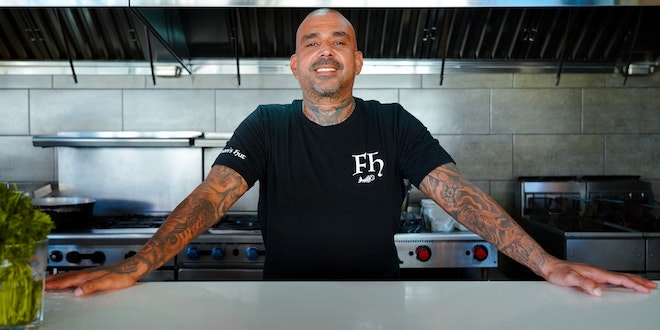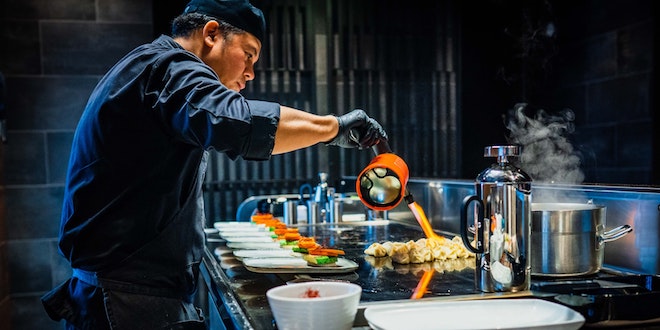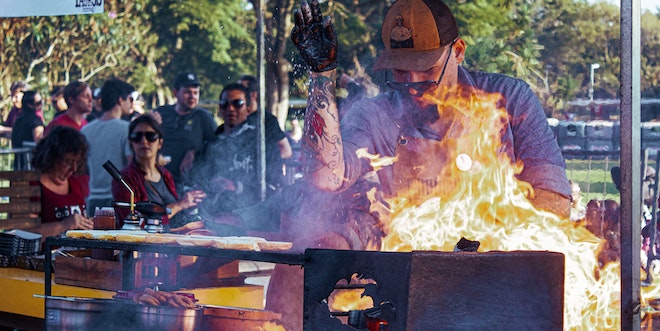How to start a small restaurant
Last Updated on January 26, 2024
Many of us have a dream of opening our own restaurant. As exciting as it may seem, the restaurant industry is a highly competitive and challenging field that requires careful planning and execution. To help you prepare for this endeavor, here are 6 crucial tips about how to start a small restaurant that you need to know.
From choosing the right location to creating a unique concept and menu, we’ll cover all the essential aspects that will ensure your restaurant’s success. Whether you’re a seasoned restaurateur or a first-time entrepreneur, read on to discover the essential elements of a successful restaurant launch. So, if you’re ready to embark on this thrilling adventure, let’s dive in!
1. Location and target customers
View this post on Instagram
Choosing the right location for your restaurant is critical to its success. You want to make sure that your restaurant is in a place where it will be easily accessible to your target customers. Factors to consider when choosing a location include foot traffic, accessibility, and parking availability. You should also research the demographic of the area to ensure that your target customers will be located nearby.
Once you have identified your target customers, you can tailor your menu and ambience to cater to their preferences. For instance, if your restaurant is located near a college campus, you may want to offer student discounts or have a late-night menu to cater to the late-night study crowd.
2. Business plan: Competition and marketing
Before opening your restaurant, it’s essential to research the target market for a restaurant. A competitive analysis that gives you an understanding of what other restaurants in the area are offering, will aid in determining what makes your restaurant stand tall from the rest. There are platforms that can get you food service market analytics with unrivaled depth, freshness, and accuracy, resulting in keeping you on top.
Marketing is also crucial when opening a restaurant. You want to create buzz and excitement around your restaurant before it even opens up. Today, one of the best ways to do this is through social media. Create accounts on social media platforms, and post photos of your restaurant’s progress leading up to the opening day. You can also offer special deals and promotions for those who follow your social media accounts.
All in all, you will have to stay competitive to achieve success. Don’t miss out on restaurant target markets and business data to make your mark.
3. Define your restaurant concept
View this post on Instagram
When choosing a restaurant concept, it’s important to consider your target customers and what they want. Do they want a casual dining experience or something more upscale? Are they looking for a specific cuisine or theme? Once you have a clear understanding of what your customers want, you can choose a concept that will resonate with them.
Your concept should also be reflected in your menu and ambience. If you’re opening a French bistro, you’ll want to have French-inspired decor and a menu featuring classic French dishes.
4. Equipment and services required
Before opening your restaurant, you’ll need to purchase or lease the necessary equipment and services. This includes everything from kitchen appliances and utensils to furniture and tableware. You’ll also need to consider the services you’ll need, such as waste management and cleaning services.
When purchasing equipment, it’s essential to choose high-quality items that will last. You should also consider energy-efficient options, which can help you save on utility costs in the long run. When choosing where to buy your restaurant stuff try to find a reputable supplier who sells reliable goods with fast delivery to ensure your restaurant is stocked as best as possible.
5. Obtain necessary licenses and permits
Acquiring the necessary licenses and permits can be a complicated and time-consuming process. You’ll need to obtain licenses and permits from local, state, and federal agencies. These may include a food service permit, liquor license, and health inspection certification.
It’s important to begin the licensing and permitting process well in advance of your planned opening date. This will give you plenty of time to navigate any roadblocks or delays.
6. Investment
Lastly, you’ll need to consider the investment required to open and operate your restaurant. This includes the cost of staff, menu development, and operating hours.
When it comes to staffing, you’ll want to hire employees who are experienced and dedicated. You may also want to invest in training programs to help your employees develop their skills and knowledge.
Menu development is another essential component of your investment. Your menu should be carefully crafted to reflect your restaurant’s concept and appeal to your target customers. You’ll also need to consider the cost of ingredients and adjust your pricing accordingly.
Operating hours are another factor to consider. You’ll need to determine what hours your restaurant will be open and how many employees you’ll need to staff for each shift.
7. Hire stuff
View this post on Instagram
Your restaurant’s success depends on the quality of your staff. Hire experienced chefs, servers, bartenders, and dishwashers who are passionate about your concept and have the necessary skills to deliver excellent customer service.
Conclusion
Opening a restaurant can be a challenging but rewarding experience. By following these six tips on how to start a small restaurant, you’ll be better equipped to navigate through the complexities of the restaurant industry and increase your chances of success.
Remember to choose the right location, research your competition, choose a restaurant concept that appeals to your target customers, purchase high-quality equipment, acquire the necessary licenses and permits, and invest in staff, menu development, and operating hours.
Ensure you are aware of every piece of information relevant to the industry, which will give you the opportunity to stay on top. With hard work and dedication, your restaurant can become a thriving and beloved local establishment.
You may also like:
Cool Names for a Restaurant
7 Reasons To Own a Restaurant Franchise
Food and drink video production tips







